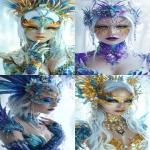Explore the Best AI Image Gallery

The Algorithmic Muse: Exploring AI and Digital Creativity
Artificial intelligence (AI) is rapidly transforming numerous sectors, and the creative industry is no exception. From generating music and art to writing scripts and designing products, AI tools are empowering creators with unprecedented capabilities, blurring the lines between human and machine ingenuity. This exploration delves into the multifaceted impact of AI on digital creativity, encompassing its applications, ethical considerations, and potential future trends.
A New Era of Creative Collaboration
AI-powered tools are becoming increasingly sophisticated, enabling artists, designers, and writers to augment their creative processes. Imagine a musician collaborating with an AI algorithm to compose a symphony, or a fashion designer using AI to generate unique textile patterns.
- Music Generation: AI algorithms can analyze musical styles, generate melodies, and even compose entire songs, offering composers new inspiration and tools for experimentation.
- Art Creation: AI-powered software can create stunning visual art pieces, from abstract paintings to photorealistic portraits. This opens up new avenues for artistic expression and challenges traditional notions of authorship.
- Writing Assistance: AI writing assistants can help authors overcome writers block, generate story ideas, and even draft entire narratives. While these tools are primarily intended as aids, they raise questions about the role of human creativity in the writing process.
Ethical Considerations: Navigating Uncharted Territory
The rise of AI in creative fields brings forth a host of ethical considerations that demand careful attention:
- Authorship and Ownership: When AI creates art or music, who owns the copyright? Is it the programmer who developed the algorithm, the user who inputs the parameters, or the AI itself?
- Bias and Representation: AI algorithms are trained on massive datasets, which can reflect existing societal biases. This can result in AI-generated content that perpetuates harmful stereotypes or lacks diversity.
- Job Displacement: As AI becomes more capable, there are concerns that it may displace human creatives in certain roles. Its essential to consider the impact on employment and explore ways to ensure a smooth transition.
Future Trends: The Evolution of Creative Expression
The intersection of AI and creativity is constantly evolving, with new possibilities emerging at an unprecedented pace:
- Immersive Experiences: AI will likely play a pivotal role in creating immersive and interactive experiences, such as virtual reality art installations and personalized storytelling.
- Generative Design: AI algorithms will become increasingly adept at generating designs for products, buildings, and even entire cities, pushing the boundaries of architectural and industrial design.
- Human-AI Collaboration: The future likely holds a collaborative model where humans and AI work together, leveraging each others strengths to achieve new creative heights.
Conclusion
AI is poised to revolutionize the creative industry, offering both exciting opportunities and complex challenges. By embracing ethical considerations, fostering collaboration between humans and machines, and exploring the boundless potential of AI-powered tools, we can unlock a future where creativity knows no bounds.
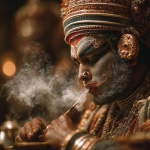
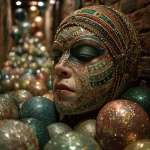
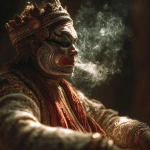
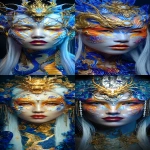
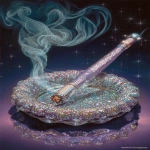
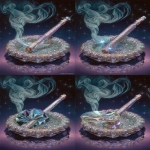
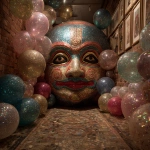
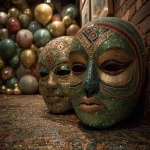
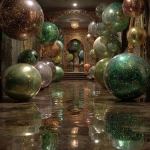
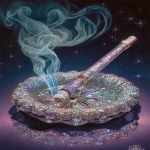
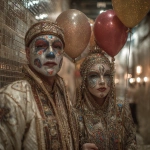

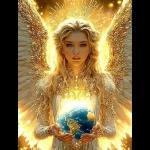
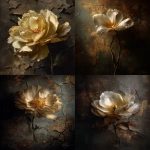
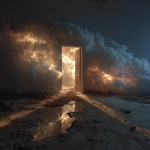

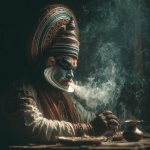
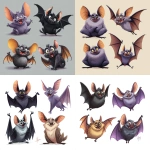
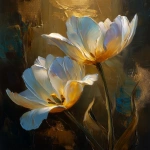

](https://images.ai-img.art/thumbnails/150/5197af8969d850e2a43e141d41e482ccbceedebceb2a4caf9f098f943f9d1b0f.webp)
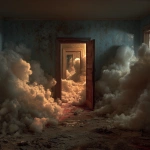
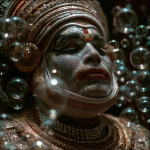
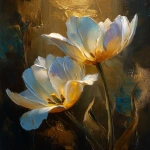
](https://images.ai-img.art/thumbnails/150/485c8b1c747827bdc9a962f8a1919b3c259b18dd263b260208a1eae19fb85e07.webp)

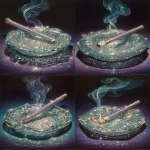
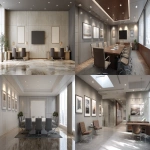

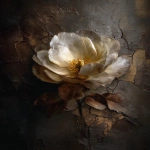


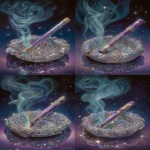
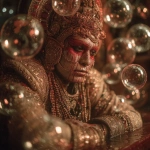
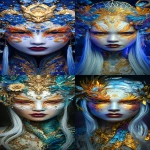
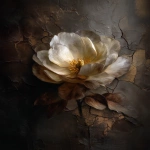
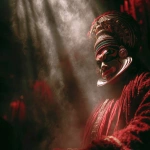
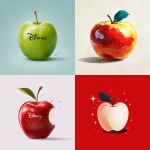
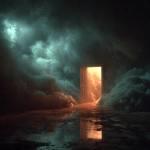
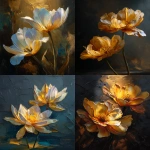
](https://images.ai-img.art/thumbnails/150/3020b8c2b6d9be07e042357107af1de10deb274a41d2b0f332684ad4b532a702.webp)
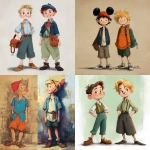
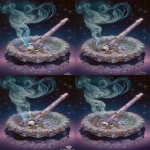

](https://images.ai-img.art/thumbnails/150/8d1fe5a7a49cfc96747182431a853357913286d89258383caab2d3b4681afcb5.webp)
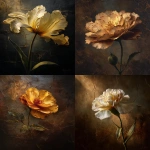
](https://images.ai-img.art/thumbnails/150/269414b0e541026702e9e67c67602c96162f37ff460a388b3b36314c8fc936dd.webp)
](https://images.ai-img.art/thumbnails/150/2fbd98ecfc425cfc1597779121e1c0305437067779e9c471eb64ff9615d5be98.webp)

